Medical news on December 20: Important step forward in treating thalassemia
Hue Central Hospital announced that it has successfully performed two allogeneic bone marrow transplants for children with thalassemia, opening up new opportunities for life for other patients.
Allogeneic bone marrow transplantation for two patients with thalassemia
These two allogeneic bone marrow transplants mark an important step forward in the treatment of thalassemia in Vietnam, as the hospital continues to apply the allogeneic stem cell transplant technique for children with thalassemia. This is also a continuation of the success of the first two transplants performed previously.
The third transplant was for patient HAD, 38 months old, from Quang Tri , who was diagnosed with alpha-thalassemia a year ago and requires monthly blood transfusions.
After HLA testing, the child was a perfect match with his 8-year-old brother and underwent a bone marrow transplant on November 12. After the transplant, the child's health indicators recovered well, with platelets recovering on the 10th day and granulocytes recovering on the 19th day.
The fourth transplant was that of Đ.MAT, 10 years old, from Da Nang City, who was diagnosed with alpha-thalassemia at 20 days old. Although he had to be hospitalized for monthly blood transfusions, after HLA testing, the child was a perfect match for his 15-year-old brother and received an allogeneic bone marrow transplant on November 27.
The transplant was successful, although the child experienced mild neutropenia but recovered quickly, with platelets recovering on day 21 and granulocytes recovering on day 19.
The leaders of Hue Central Hospital said that the success of the two allogeneic bone marrow transplants this time is a great step forward in the treatment of thalassemia. Allogeneic bone marrow transplants not only help children escape from dependence on regular blood transfusions but also help children develop normally, no longer needing daily iron excretion.
Thalassemia, a genetic disease that causes microcytic anemia, severely affects a child's physical and mental development.
In severe cases, children must rely on regular blood transfusions, causing iron overload in the body and affecting internal organs. Allogeneic bone marrow transplantation is considered the optimal treatment to help restore health and give children a chance at a healthy life.
In addition to allogeneic bone marrow transplantation, Hue Central Hospital has also successfully performed the 40th autologous bone marrow transplantation for a 4.5-year-old patient from Tien Giang, Nguyen Phuoc Quynh M., suffering from high-risk neuroblastoma. This autologous stem cell transplantation technique helps prolong the patient's life and at the same time improves the effectiveness of neuroblastoma treatment.
Hue Central Hospital is currently the only hospital in Vietnam that has all the treatment modalities for neuroblastoma, including chemotherapy, surgery, bone marrow transplantation and radiotherapy.
With these successes, Hue Central Hospital continues to affirm its pioneering role in applying advanced medical techniques, bringing hope and life chances to patients with dangerous diseases.
Warning of accidents caused by homemade fireworks
Children’s Hospital 2 (HCMC) has just received three consecutive cases of pediatric patients who suffered serious accidents due to making fireworks, including some cases of second-degree burns and open fractures of the metacarpal bones. These cases once again warn of the risks of making and using homemade fireworks, especially during holidays and Tet.
The first case is a child named Đ.SR (12 years old, Binh Phuoc), who was hospitalized with a serious injury to his left hand after making a homemade firecracker using matches and a car exhaust pipe. The explosion left his left hand severely injured and bleeding profusely.
The second case is a child patient ATV (12 years old, Gia Lai), who suffered second-degree burns covering 35% of his body, including his face, chest, arms and legs, due to playing with firecrackers that exploded. At the hospital, V. received emergency treatment and surgery.
The third case is patient HKB (12 years old, Lam Dong), who was burned while making homemade fireworks with his brother. When the fireworks exploded, B. did not have time to run and was burned in many areas of his body.
Doctors at Children’s Hospital 2 said that many accidents caused by firecrackers often occur at the end of the year, when the demand for playing with firecrackers and making homemade firecrackers increases. These accidents not only leave serious injuries, but can also cause permanent disability, affecting the health and life of children.
Dr. Nguyen Thi Ngoc Nga, Deputy Head of the Burn and Orthopedic Department at Children's Hospital 2, warned that families and schools need to remind children not to make or use fireworks on their own, especially at an active and curious age. Parents should also educate children about the dangers of fireworks, from severe burns, injuries to disability, and even death.
In addition, Dr. Ngoc Nga also emphasized that injuries caused by firecrackers are very complicated and difficult to treat. These accidents often cause injuries to many areas of the body such as the hands, face and body. The treatment process is long and expensive, and leaves serious sequelae.
Recently, information from Viet Duc Friendship Hospital also said that this facility regularly receives patients hospitalized due to homemade firecracker accidents.
In this situation, authorities, schools and communities need to continue to promote propaganda and raise awareness among children and parents about the dangers of firecrackers. At the same time, encourage people to comply with regulations on firecracker management, avoid making and using homemade firecrackers, thereby limiting the tragic accidents that may occur.



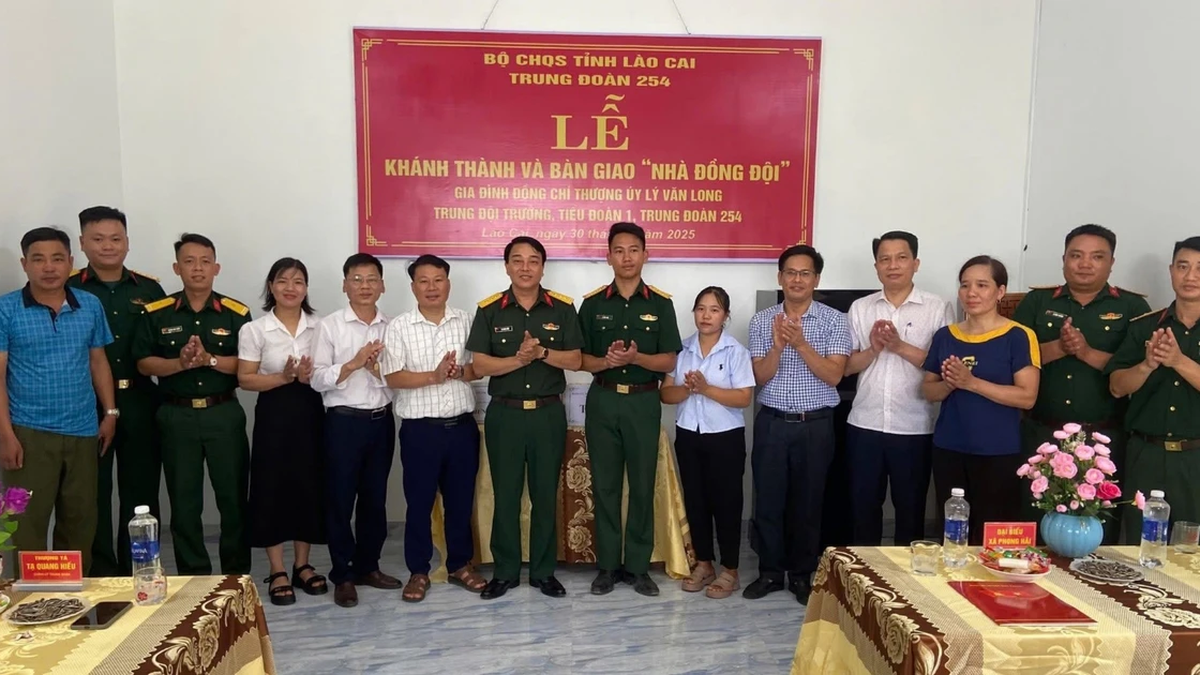

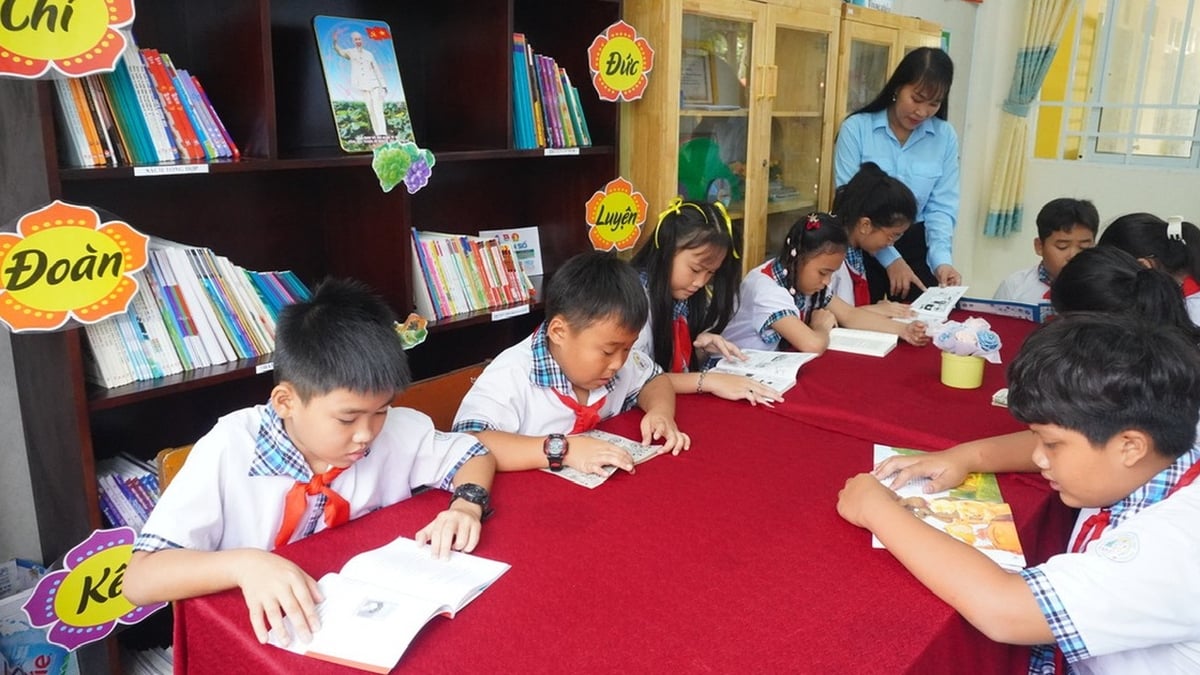
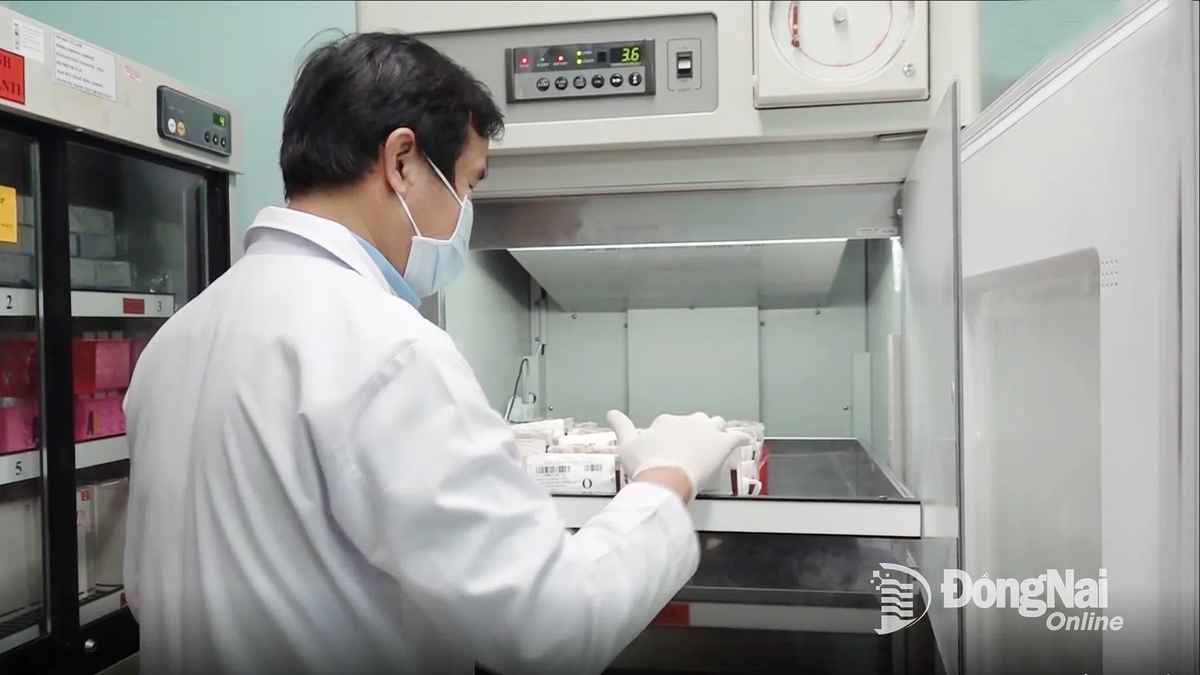
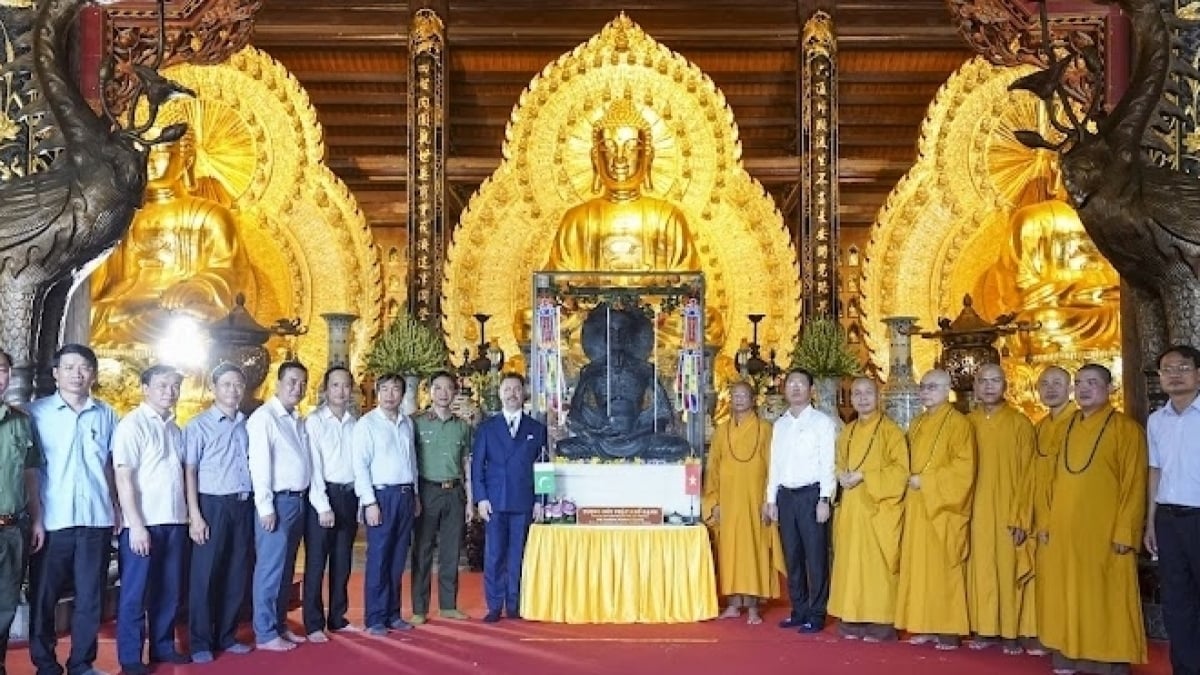

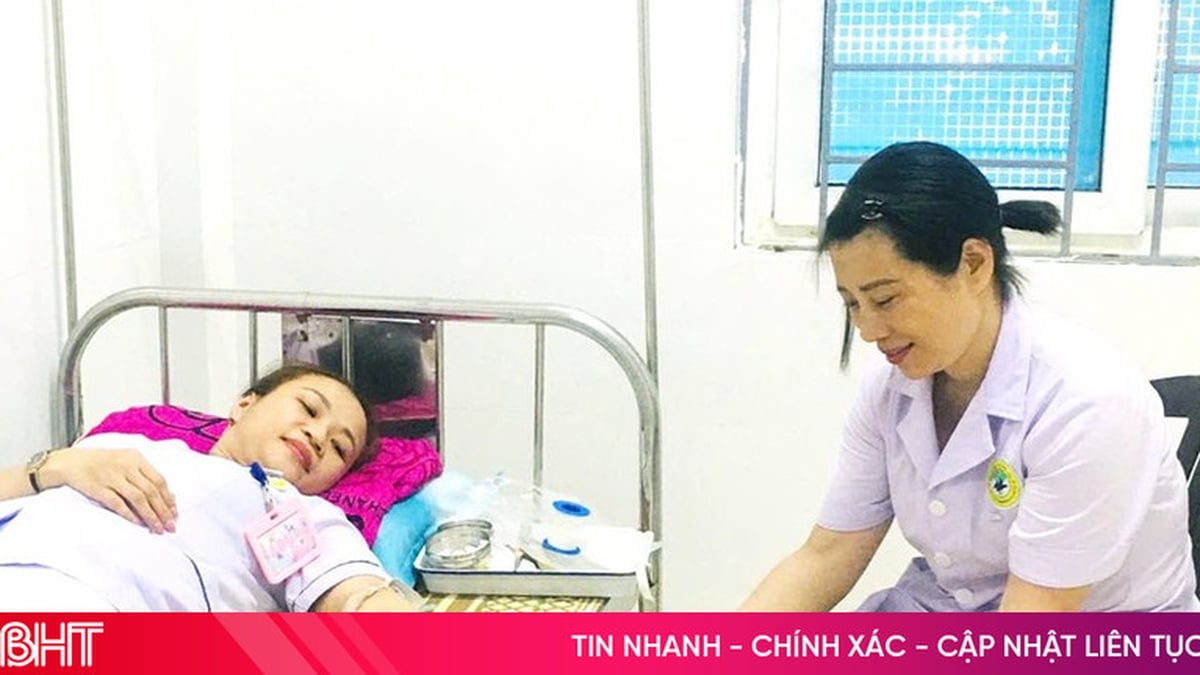
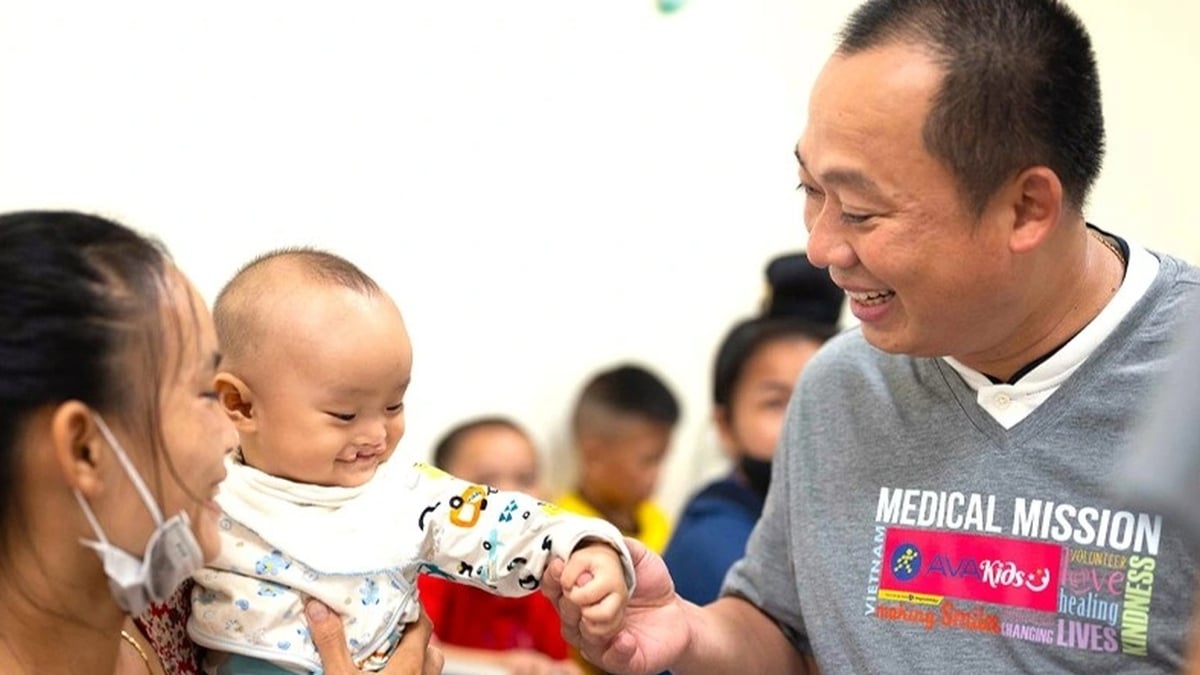
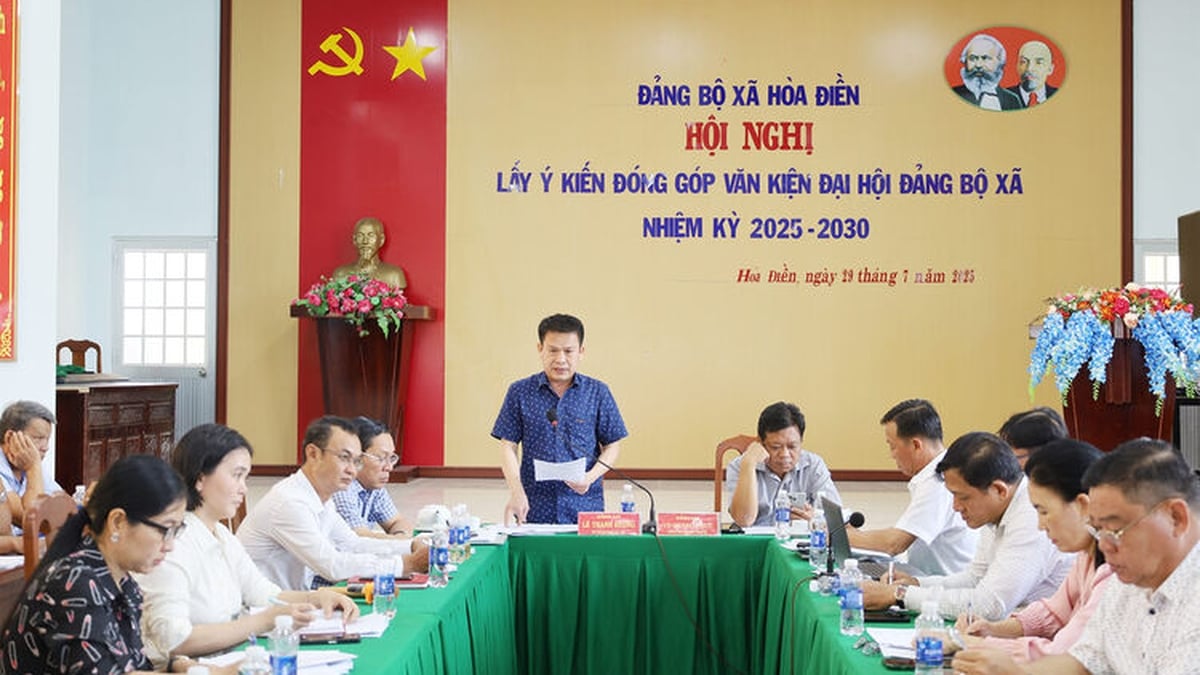











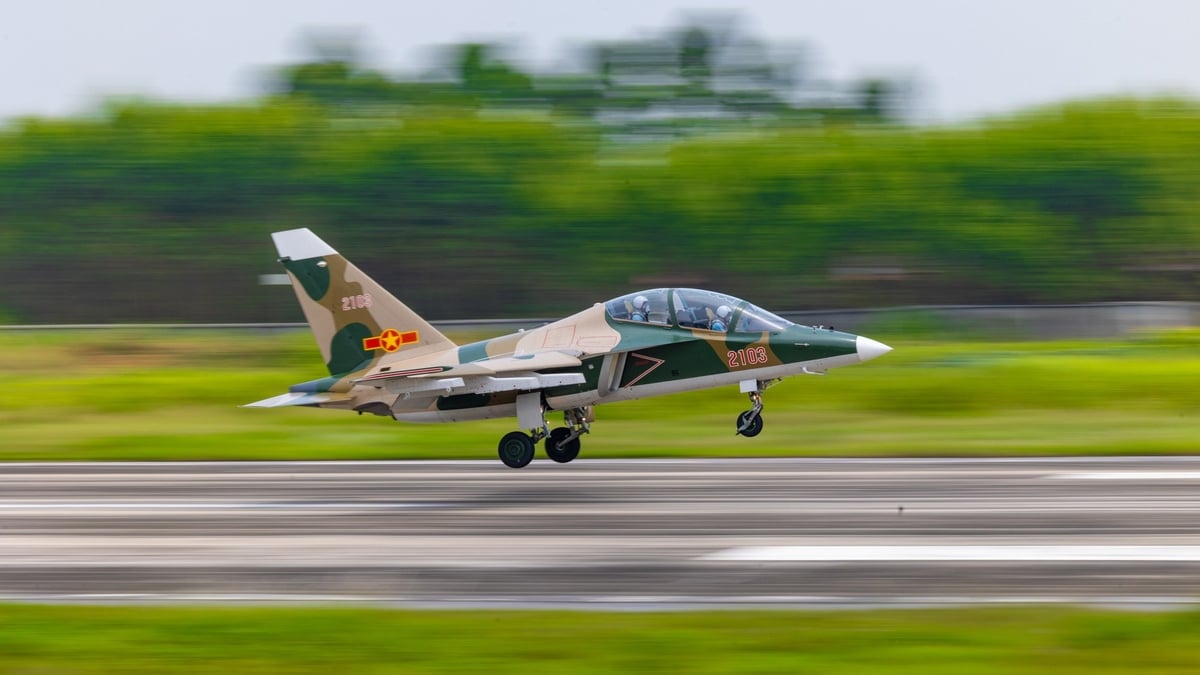


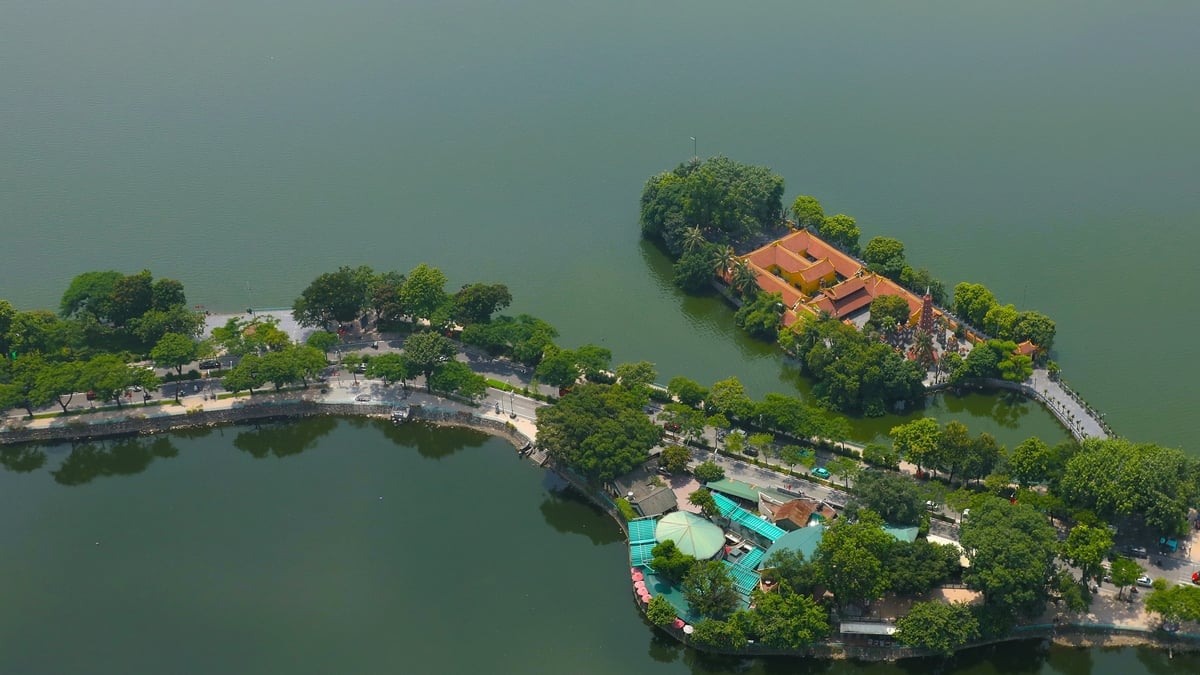




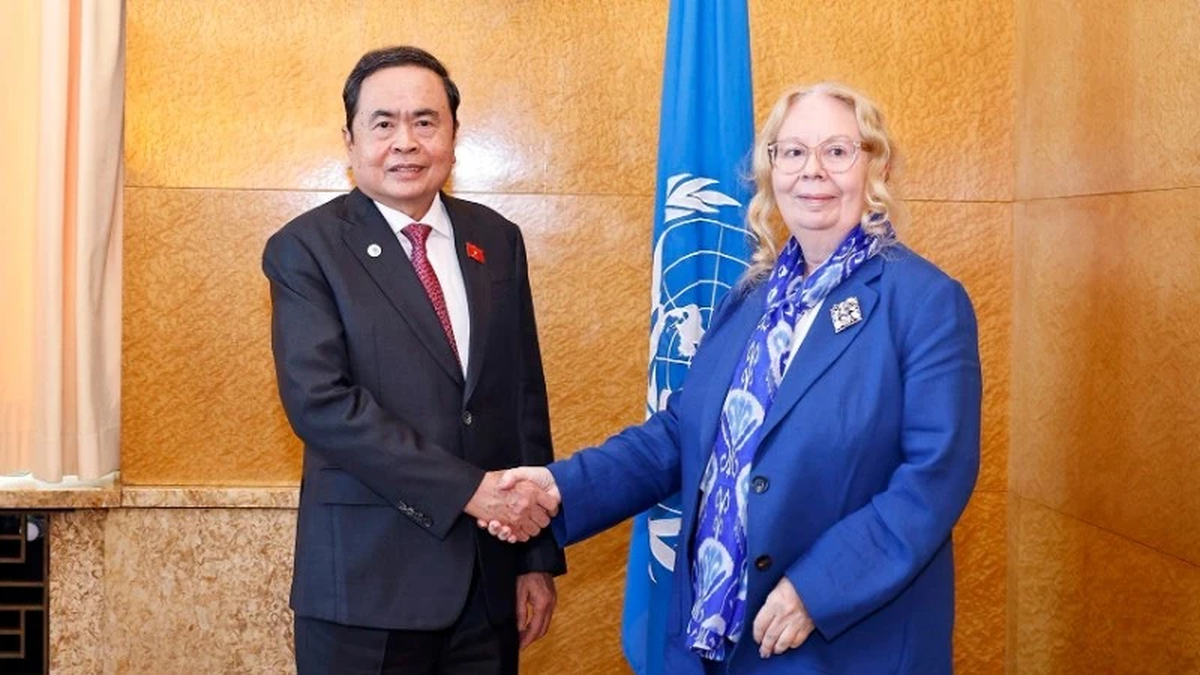


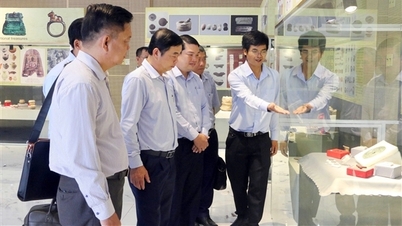

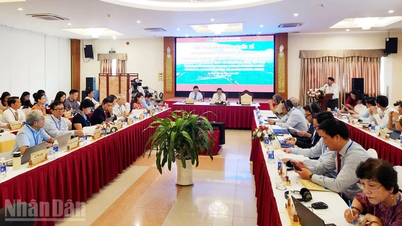











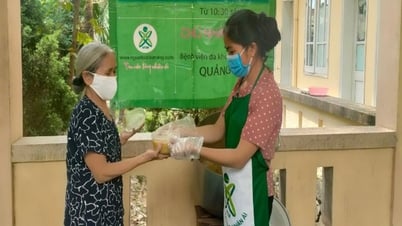
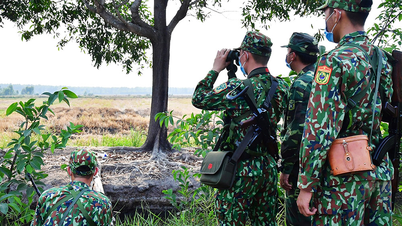





















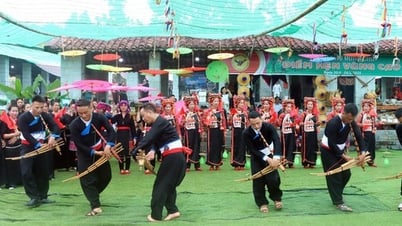



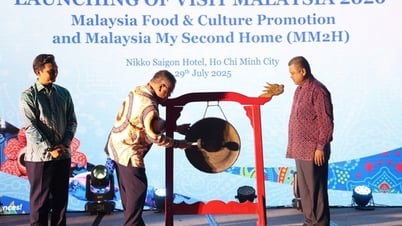

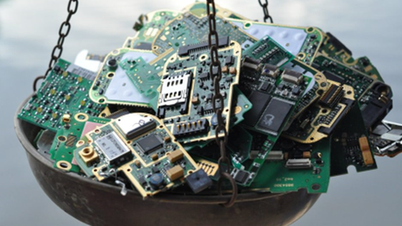








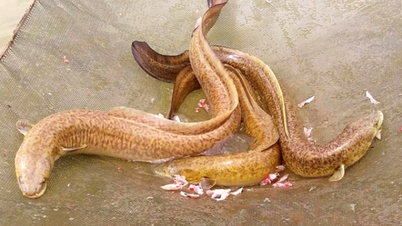
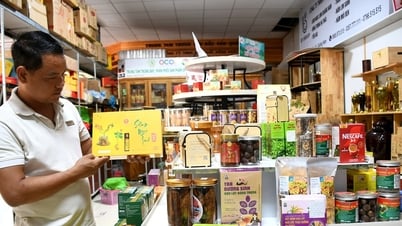



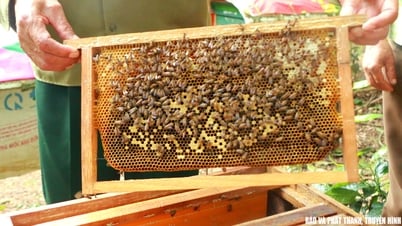

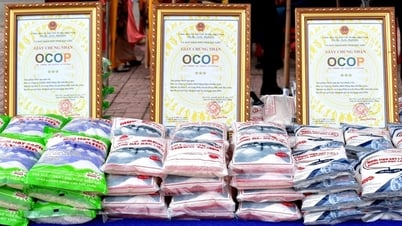
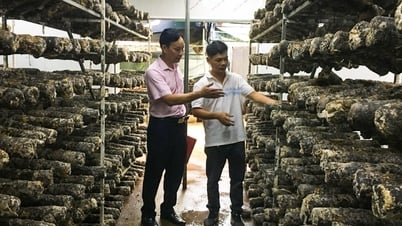



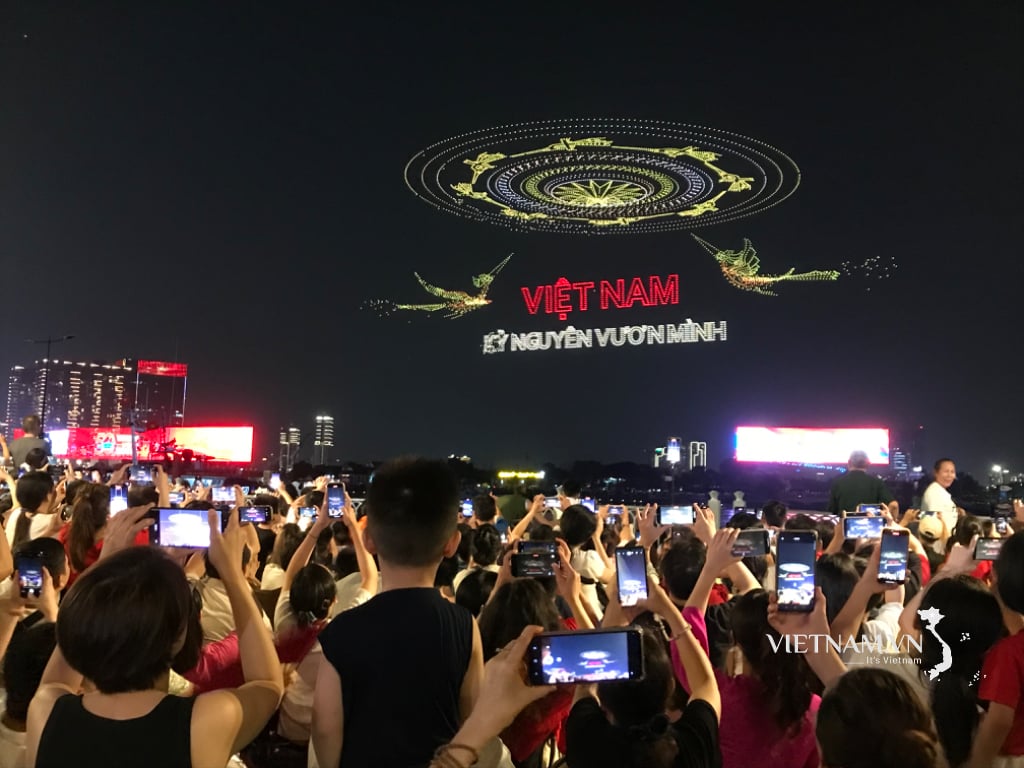
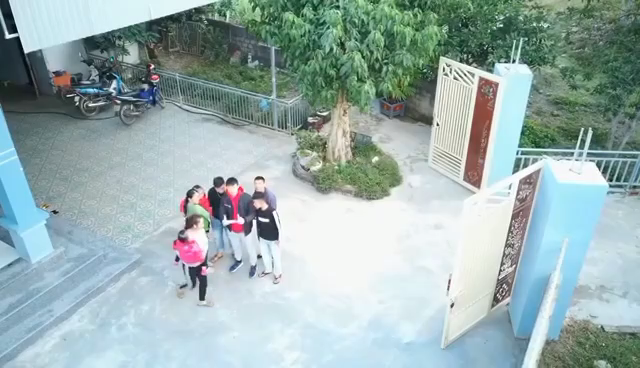

Comment (0)